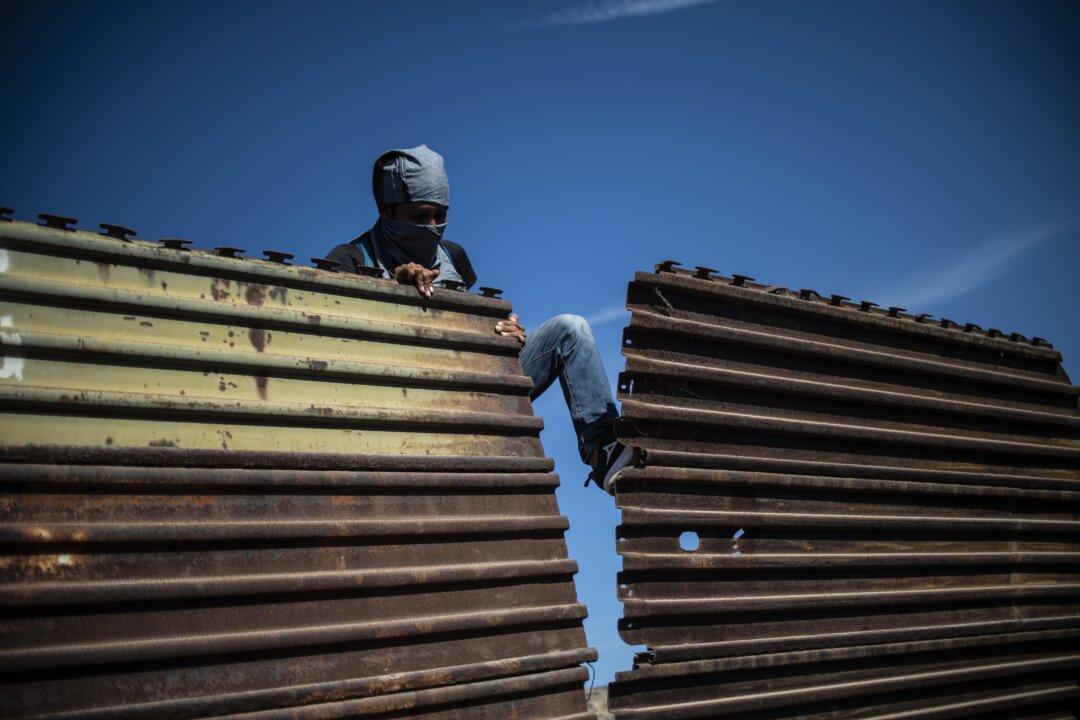After some 1,000 Central American migrants attempted to break through the U.S.–Mexico border in Tijuana near San Diego, a senior U.S. Border Patrol agent said such places where the border fencing could be readily overwhelmed need a wall.
“Without a doubt we could use a wall in an area like that,” Brian Hastings, deputy chief of law enforcement operations, told The Hill on Nov. 26.





